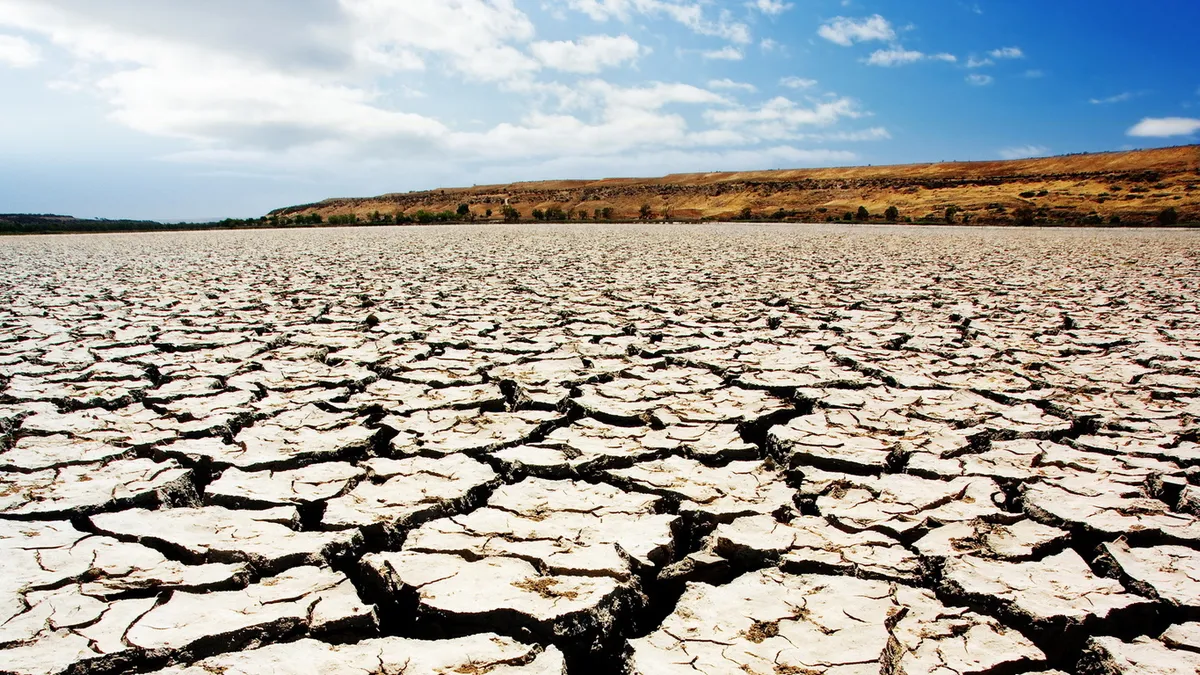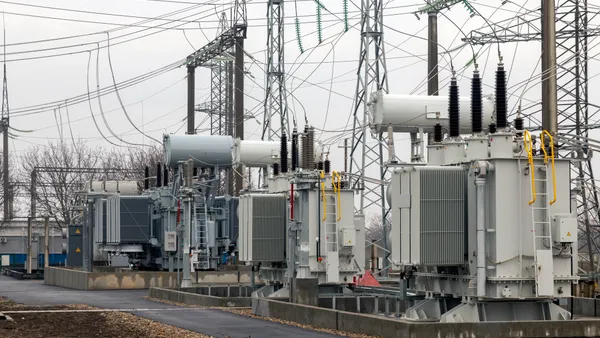Dive Brief:
- Drought-caused shortages of water to power plants threatens California grid reliability and “substantial potential for serious public health and safety impacts,” according to a joint letter from the California Energy Commission, the state Public Utilities Commission and grid operator California Independent System Operator Corp. to the state Water Resources Control Board.
- By the end of April, the most severe drought ever recorded had cut California precipitation 56%, reduced reservoir storage 63%, and could eliminate up to 1,669 megawatts of hydroelectric peak demand capacity.
- As much as 1,150 megawatts of natural gas generation is threatened by curtailments of the water supply needed for plant cooling and wildfires have already taken down vital high voltage transmission lines in the San Diego area.
Dive Insight:
Southern California is more subject to power shortages due to the still not completely compensated for shuttering of the 2,200 megawatt San Onofre nuclear facility in 2012.
The California Energy Commission has begun working with electricity producers on license amendments that would allow them to use alternative sources of water for cooling.
The Water Board is considering emergency regulations for quicker, more effective water curtailments.
San Diego Gas and Electric lost several high-voltage transmission lines during May wildfires.
Pacific Gas and Electric, which operates the biggest investor-owned hydroelectric system in the U.S., has been holding water back since the beginning of the year against demand peaks.
Spot power fell $17.41, or 43%, to $37.77 per megawatt-hour at the Northern California’s NP15 hub on June 30 and it fell $10.46, or 27%, to $27.71 at the Southern California SP15 hub.













